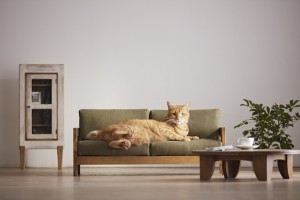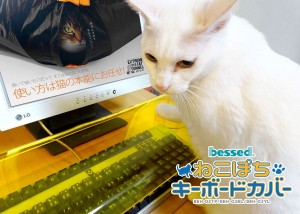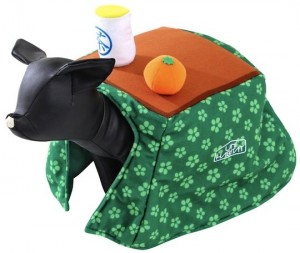Now, the relationship between the Japanese and cats is long and well known. From the cat illustrations in the ukiyo-e woodblock prints of the Edo Period (1600-1868) to Maneki-neko, the beckoning cat that shops put up to lure in customers and Kittty-chan, aka Hello Kitty, now pushing 50 and still in great shape and omnipresent, cats have remained a strong staple of Japanese pop culture for hundreds of years because they’ve actually been part of everyday life ever since the 6th century, when they were brought to Japan from China to protect Buddhist scriptures from their mortal enemy: mice.
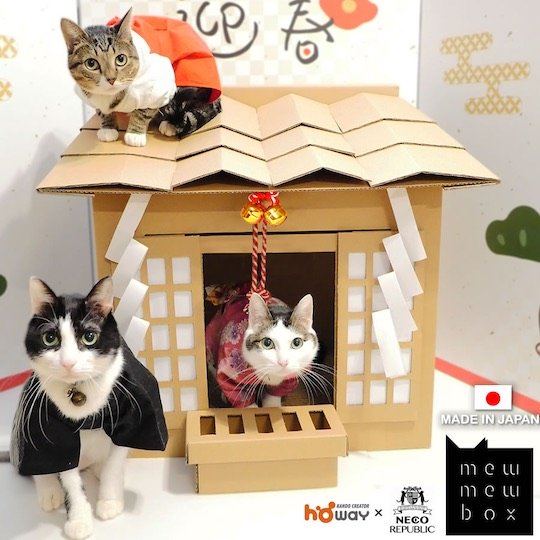
Japan proved to be home to another invincible enemy against paper – humidity – but cats remained and from Buddhist temples, they spread out everywhere, reaching the point where they have their own island – Aoshima in Ehime Prefecture, which boasts over 200 cats for a population of six humans. Which means that basically it’s the cats keeping the humans as pets, because they need to have someone around able to open a can of cat food (mice have long left Aoshima because no mouse in their right mind would choose to live in an island 1 mile/1.6 km long with 200+ cats).
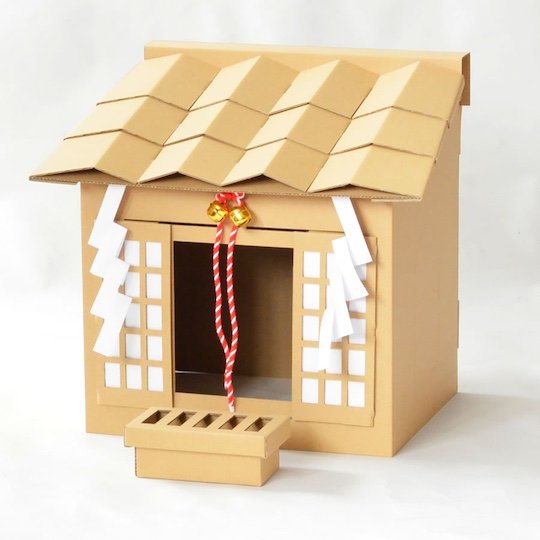
Back to the cats’ relationship with religious institutions, it wasn’t just Buddhism: cats felt equally at home in the shrines of Shinto, Japan’s indigenous animistic and polytheistic (“many gods,” called “kami” in Japanese, as in purportedly 8 million!) religion. Shinto is still very much alive in Japan, mostly thanks to the spectacular matsuri festivals held in its shrines all over the country as well as its connection with weddings and the Shichi-Go-San rite of passage for three-, five-, and seven-year old children. If you have ever seen a Japanese bride in a stunning red kimono or young boys and girls in very impressive traditional clothes, you can be sure they are either coming from or going to a Shinto shrine. Or a photography studio.
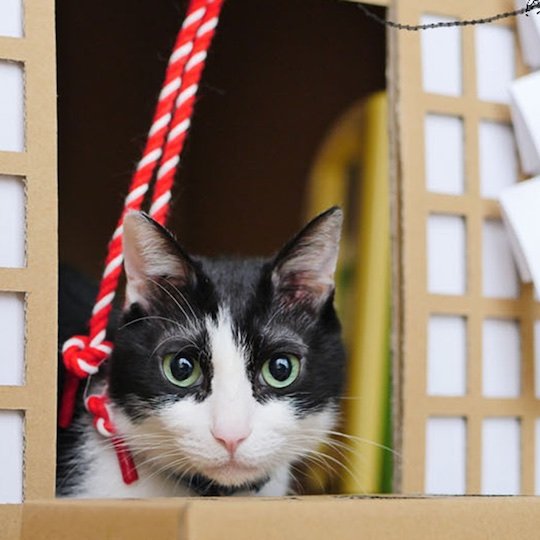
Which brings us to the Shinto shrine for cats. It is not Imado Jinja in Tokyo’s Taito ward, dedicated to Maneki-neko and one of the two religious spots in Tokyo vying for its origin (the other is the Buddhist temple Gotokuji in Setagaya ward), but the Neko Jinja Shinto Shrine Cat House, now available globally from Japan Trend Shop. As the name suggests, this is a Shinto shrine made for your very own cat (or cats: it’s sturdy enough to hold more than one!) and comes as a cardboard kit that you can easily assemble yourself (instructions are in Japanese but it really isn’t hard). And its makers have included even details such as the cord with the bells in the entrance that your cat will undoubtedly find immensely interesting.
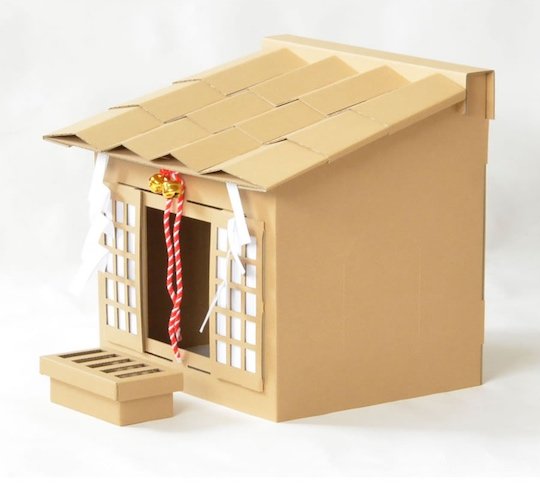
Same goes for the shinde, the lightning-shaped strips of paper that are a trademark of Shinto denoting an area as purified: they are as if they were made to become cat toys! And as for the jinja itself, it’s a cozy house that any cat would love to hide in or lie on the roof of. Your cat will inevitably still use any paper bag or box it can lay its paws on but it will now have one more choice. And that will also make for some very Instagramable moments.
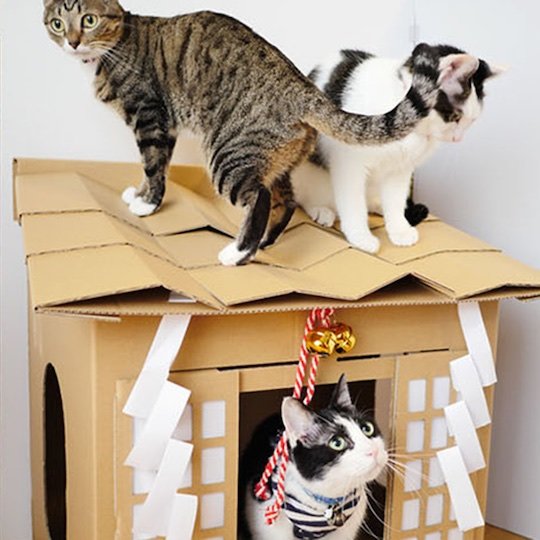
And it isn’t just that. It’s also a great conversation starter for another aspect of Japanese culture: its religious tolerance! Most Japanese feel very comfortable believing in two very different religions (Buddhism and Shinto) and they wouldn’t think it at all strange to have a house for pets shaped as a church -most religions, we reckon, probably wouldn’t be as relaxed when it comes to depictions of their holy places! So in one fell swoop you have a house for your cat, countless opportunities for fan pictures, and a piece of deep Japanese culture – how’s that for a winning combination?

